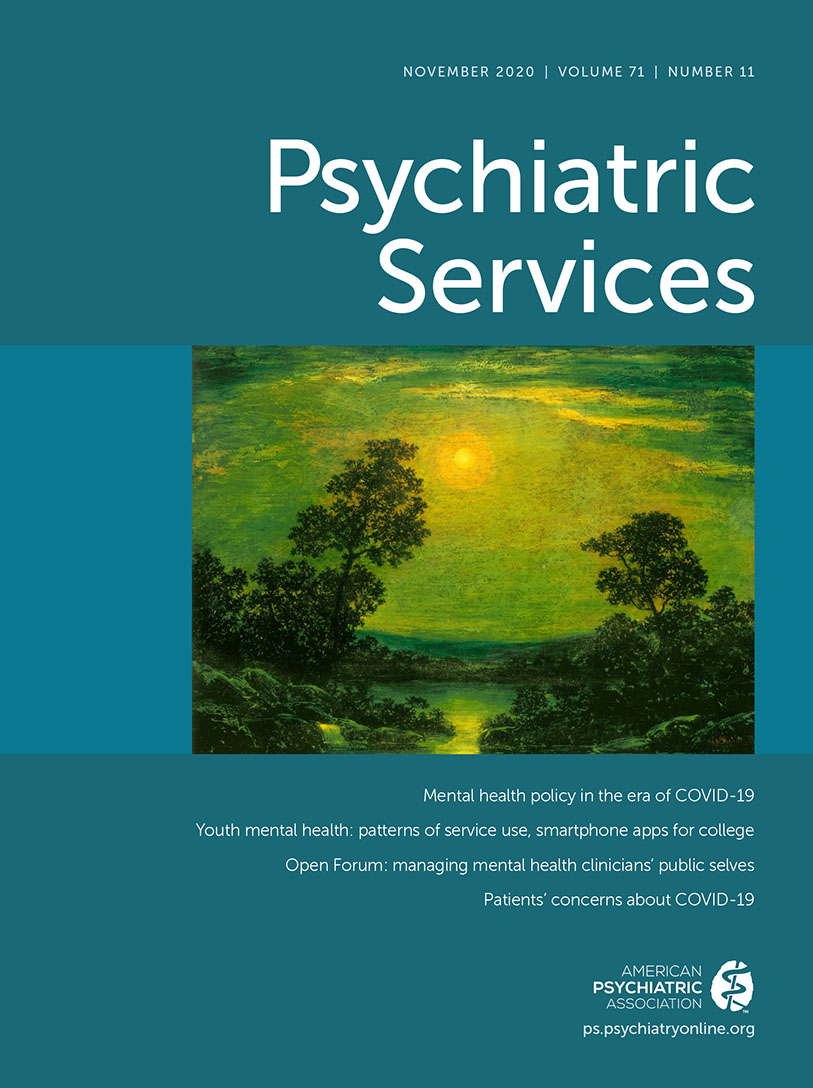Ensuring Access to Crisis Services During COVID-19
Behavioral health crisis services provide an effective alternative to emergency departments (EDs), hospitals, and jails for patients with mental health and substance use emergencies. This alternative is especially important during a pandemic, when EDs are overwhelmed.
Connections Health Solutions operates crisis centers in Arizona and is recognized as a national model. Many patients arrive via law enforcement. Common presentations include danger to self or other, psychosis, agitation, and intoxication or withdrawal. Patients who might otherwise be arrested or board in EDs are instead stabilized in our 23-hour observation units. With rapid assessment, early intervention, and proactive discharge planning, most patients return to the community without hospitalization.
The crisis setting poses unique challenges not addressed by existing COVID-19 guidelines. The observation units are open spaces that facilitate line-of-sight visualization and social interactions rather than isolation and quarantine. Impaired patients have difficulty adhering to masking and social distancing protocols. There are no guidelines for protecting staff from transmission during a restraint. Testing was hindered by supply shortages and long turnaround times. Furthermore, we were concerned about risks to staff working with agitated or psychotic patients who were unable to tolerate a nasopharyngeal swab.
Despite these challenges, we knew it was important to both our patients and community to maintain 24/7 access to services at full capacity. We focused on two strategies: safely treating psychiatric patients with COVID-19 and keeping our workforce healthy and safe.
We coordinated with local ED leadership on consensus clinical criteria defining which patients we could safely test and treat instead of transferring to an ED. We screen patients for symptoms and exposure and repurposed space to group patients presumed to have contracted the virus. Peers circulate to monitor and encourage masking adherence. We collaborate closely with community stakeholders to ensure placement options for positive patients.
For testing, we partnered with MicroGenDX based on pilot data (since confirmed) showing that sputum samples consisting mostly or entirely of saliva are equivalent to nasopharyngeal swabs for COVID-19 detection. Sputum/saliva testing is easy to perform, minimally invasive, and requires no special swabs. Results are typically available within 24 hours of arrival at the lab.
We also offer testing to staff via our contact-tracing program. Managers track shifts with positive cases and contact staff who worked those shifts. A daily e-mail lists the units and shifts with confirmed cases so other employees who may have spent time on that unit can request testing and self-monitor. Employees sign consent to use results for tracing; identifying information is not disclosed. Staff can take leave without using personal time off per the Families First Coronavirus Response Act and/or use extended family medical leave. The Human Resources Department contacts affected employees to address their unique situation.
Contact tracing suggests staff-to-staff or community transmission. Staff infection rates have been similar to those in the general population in Arizona. Between April and August, we performed 664 tests with positive rates of 13% for staff (N=561) and 18% for patients (N=103), comparable to the statewide rate of 14.4%. We observed a peak positive rate of 27% for the week ending July 4, comparable to Arizona’s 7-day average of 25.9% for the same period. The positive rate from serology testing (5.4%, N=166) was also comparable to the statewide rate of 6.1%.
This approach identifies infected asymptomatic staff who would not otherwise be isolated and provides peace of mind to symptomatic staff or staff exposed to the virus who turned out to be uninfected. Furthermore, quick turnaround enables staff to return to work sooner. In the first month of testing, 11 symptomatic employees had negative tests, allowing them to return on average 4 days earlier than indicated by the Centers for Disease Control and Prevention’s time-based strategy, for a total of 45 days saved.
When surveyed, 74% of staff reported feeling supported during the pandemic, compared with 49% of U.S. health care workers who, according to a recent Gallup poll, felt their organization cared about their well-being. Eighty-five percent responded positively to our multimodal communications approach that used Microsoft Teams, town halls, FAQs, and daily e-mails.
At the outset of the pandemic, a member of our leadership team predicted that our employees will remember how our organization handled the crisis. As we continue to adapt to this crisis, we hope to be remembered for taking good care of our patients, workforce, and community.



